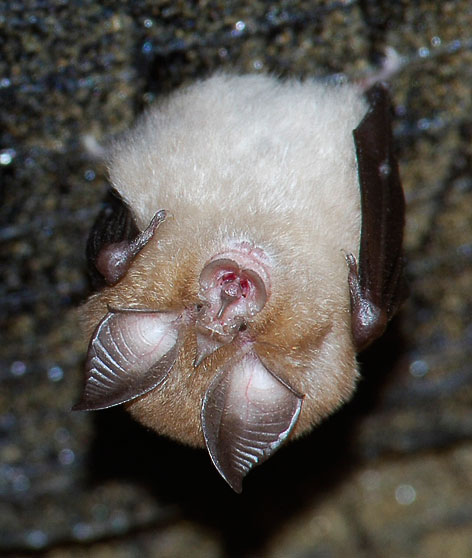Orielton 2006 - Bats, bugs and biodiversity field course
The star birds at Orielton this year were a pair of spotted flycatchers nesting outside the rear entrance of the house. There were 4 chicks in the nest. A second, more exposed nest in a nearby woodland was destroyed by predators.
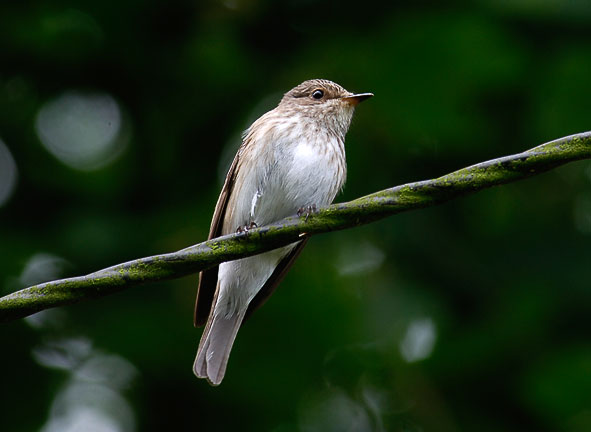
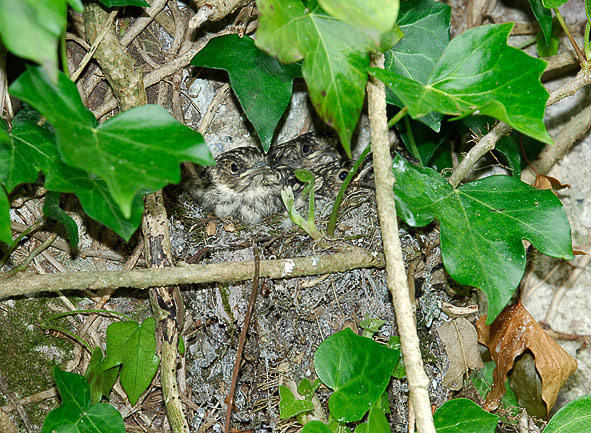
Birds at Stack Rocks included Manx shearwaters, guillemots, razorbills, kittiwakes and 2 choughs. Two grey seals were in the sea here.
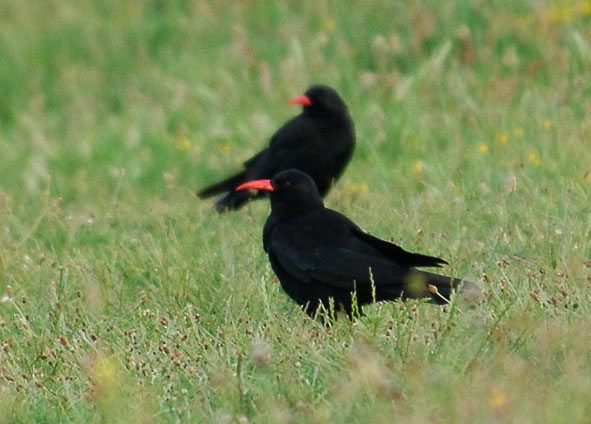
At the weekend we have a beach trip to Barafundle, passing Stackpole Head on the way. This year I decided not to take a telephoto lens, which is always asking for trouble. We had excellent views of a puffin (photo with standard lens below), nesting shags, and my best-ever views of choughs that were ripping up ant hills.
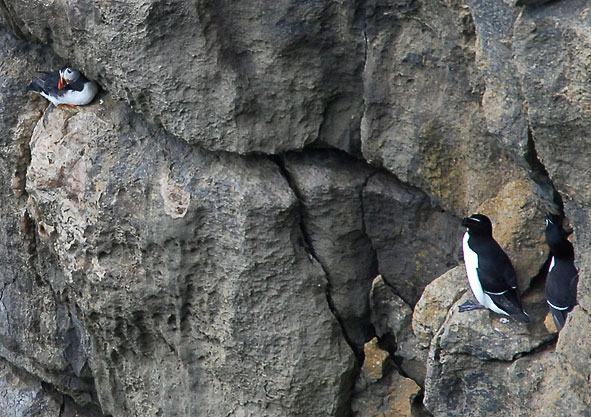
Insects included the annual hummingbird hawk moths visiting valerian, and displaying hoverflies, Eristalis arbustorum, with a male hovering above a female.
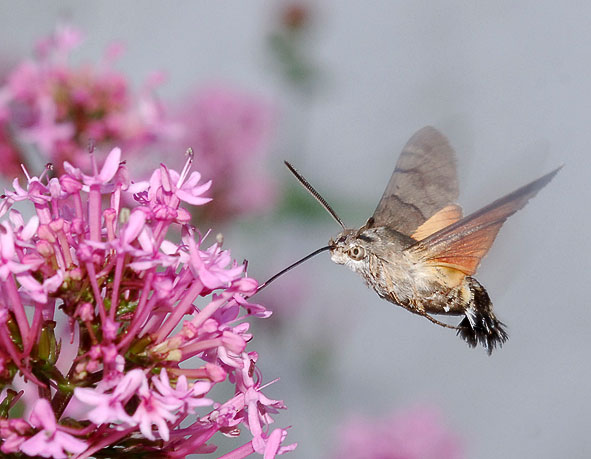
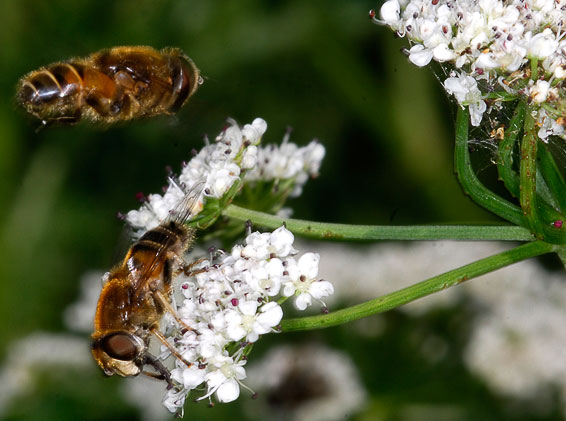
The bats appear to be doing well. Soprano pipistrelles in the warden's house are late giving birth, with two females examined both still pregnant. 728 bats left the roost on 19th. Four bats of this species, including another pregnant female, were found in the bat boxes. For the first time, greater horseshoe bats have moved into the stableyard roost, with at least 3 bats present. Could this be the beginning of a new maternity roost? Hundreds of greater horseshoe bats were observed at Stackpole, together with lesser horseshoe bats, common and soprano pipistrelles and noctules. Daubenton's bats fed over the Orielton decoy pond, and the number of lesser horseshoe bats on site has now broken the 200 mark for the first time - 230 bats were counted on 20th.
